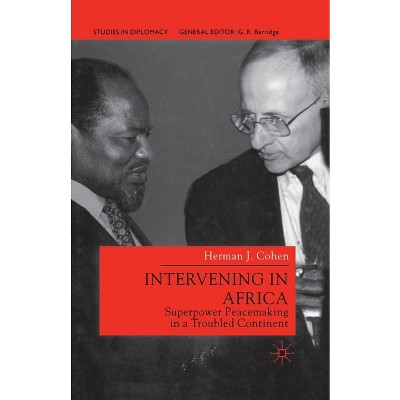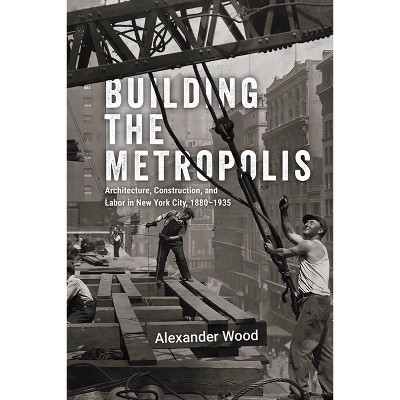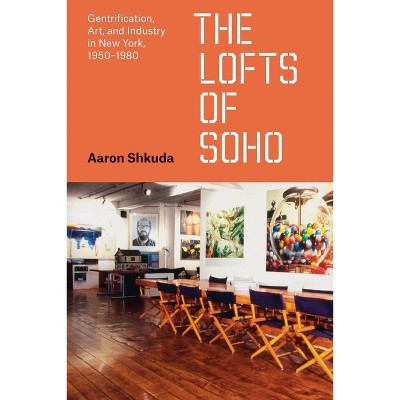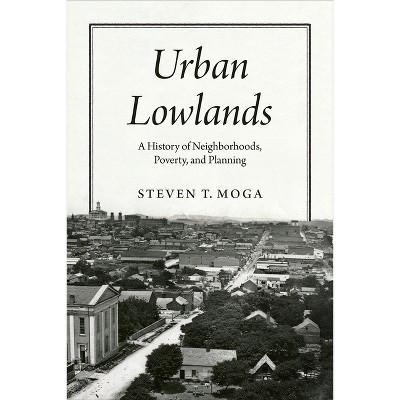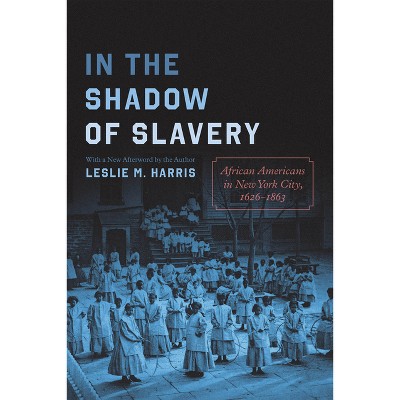Sponsored

Block by Block - (Historical Studies of Urban America) by Amanda I Seligman (Paperback)
In Stock
Sponsored
About this item
Highlights
- In the decades following World War II, cities across the United States saw an influx of African American families into otherwise homogeneously white areas.
- About the Author: Amanda I. Seligman is assistant professor of history and urban studies at the University of Wisconsin-Milwaukee.
- 320 Pages
- History, United States
- Series Name: Historical Studies of Urban America
Description
Book Synopsis
In the decades following World War II, cities across the United States saw an influx of African American families into otherwise homogeneously white areas. This racial transformation of urban neighborhoods led many whites to migrate to the suburbs, producing the phenomenon commonly known as white flight. In Block by Block, Amanda I. Seligman draws on the surprisingly understudied West Side communities of Chicago to shed new light on this story of postwar urban America. Seligman's study reveals that the responses of white West Siders to racial changes occurring in their neighborhoods were both multifaceted and extensive. She shows that, despite rehabilitation efforts, deterioration in these areas began long before the color of their inhabitants changed from white to black. And ultimately, the riots that erupted on Chicago's West Side and across the country in the mid-1960s stemmed not only from the tribulations specific to blacks in urban centers but also from the legacy of accumulated neglect after decades of white occupancy. Seligman's careful and evenhanded account will be essential to understanding that the "flight" of whites to the suburbs was the eventual result of a series of responses to transformations in Chicago's physical and social landscape, occurring one block at a time.From the Back Cover
In Block by Block, Amanda I. Seligman examines the responses of whites in the West Side communities of Chicago to the racial transformation occurring in their neighborhoods in the decades following World War II. Seligman's account illuminates that deterioration in these areas in fact began long before the color of their inhabitants changed from white to black. This book is essential to understanding how the "flight" of whites to the suburbs, and even the 1960s riots, were responses to developments in Chicago's physical and social landscape, occurring one block at a time. "Seligman's deeply researched and well-focused study of race and residence in postwar Chicago usefully stretches the discussion in three directions. Geographically, she provides a real service by concentrating on the city's understudied West Side. Second, she carries the story down to the mid-1970s, significantly extending our field of vision. Finally, she removes the housing issue from its traditional policy vacuum. These are all welcome developments that will generate questions to engage scholars for years to come."--Arnold R. Hirsch, author of Making the Second Ghetto: Race and Housing in Chicago, 1940-1960 "A fascinating account of Chicago's West Side in the postwar era. Based on a wide range of sources Block by Block tells the story of a city in flux and residents trying to cope with changes occurring all around them. The emergence of a West Side ghetto is seen within the very real national and local political limits of the Daley era."Polish Immigrants and Industrial Chicago: Workers on the South Side> "A creative reinterpretation of the postwar urban crisis, Seligman's book challenges the one-dimensional portrait of Chicago's West Side. Her multiplicity of stories and experiences makes this a very rich urban history. Original and useful, Block by Block is an important contribution to postwar urban historiography."My Blue Heaven: Life and Politics in the Working-Class Suburbs of Los Angeles, 1920-1965>
Review Quotes
"A creative reinterpretation of the postwar urban crisis, Seligman's book challenges the one-dimensional portrait of Chicago's West Side. Her multiplicity of stories and experiences makes this a very rich urban history. Original and useful, Block by Block is an important contribution to postwar urban historiography."--Becky Nicolaides, author of My Blue Heaven
"A fascinating account of Chicago's West Side in the postwar era. Based on a wide range of sources, Block by Block tells the story of a city in flux and residents trying to cope with changes occurring all around them. The emergence of a West Side ghetto is seen within the very real national and local political limits of the Daley era."--Dominic A. Pacyga, author of Polish Immigrants and Industrial Chicago: Workers on the South Side
"An important study that advances our understanding not only of housing desegregation on Chicago's West Side, but also of the complexities of race, suburbanization, community activism, and big-city politics in urban America. Block by Block is a vital work that should be on the bookshelf of anyone with a serious interest in post-World War II urban history."--Konrad M. Hamilton "Journal of Illinois History"
"An impressively researched, highly persuasive survey of 1950s/1960s-era neighbourhood change."--Larry Bennett "Urban History"
"Seligman's deeply researched and well-focused study of race and residence in postwar Chicago usefully stretches the discussion in three directions. Geographically, she provides a real service by concentrating on the city's understudied West Side. Second, she carries the story down to the mid-1970s, significantly extending our field of vision. Finally, she removes the housing issue from its traditional policy vacuum. These are all welcome developments that will generate questions to engage scholars for years to come."--Arnold R. Hirsch, author of Making the Second Ghetto: Race and Housing in Chicago, 1940-1960
"This book affords a fresh and unique perspective on a troubled era in the history of America'[s streetcar suburbs.--John F. Bauman "H-Urban Net Book Review"
"This is a good urban history that takes a new approach to the lives of lower and middle class whites living in urban America after World War II."--Richard Chused "Law and History Review"
"In the mid-20th century, increasing numbers of African Americans moved north for economic opportunities, creating demands for housing. They moved into formerly all-white neighborhoods and terms like 'blockbusting' and 'white flight' became common. Seligman disputes the conventional wisdom that as blacks moved in, whites moved out. She uses neighborhoods in Chicago's West Side to develop her thesis that such thinking is one-dimensional and unable to capture the multitude of issues and responses. First, the neighborhood infrastructure began to break down before the arrival of African Americans. Second, not all whites chose to leave; some remained to create genuinely integrated neighborhoods. Still others remained to protect the homogeneity of their enclaves; some went so far as to use physical threats against the African American in-migrants. Ultimately, of course, the color of the West Side changed, and an economic change followed as the more affluent blacks move to better areas. This is an important study for those interested in 20th-century affairs."
-- "Choice"About the Author
Amanda I. Seligman is assistant professor of history and urban studies at the University of Wisconsin-Milwaukee.Shipping details
Return details
Frequently bought together

Trending Non-Fiction







